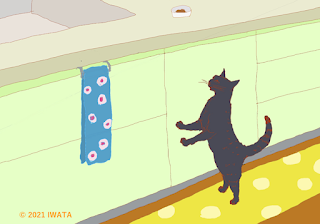注目
- リンクを取得
- ×
- メール
- 他のアプリ
Even inconvertible money is credit money : Theories of credit money in Japanese Marxian economics from the banknote controversy to modern Uno theories
My new article (note) has just been published.
Abstract
Since the suspension of the gold standard,
many have considered that money becomes fiat money with no intrinsic value.
Although theories of endogenous money supply assert that commercial bank
lending supplies credit money, even they assume that the credit money is a
promise to pay fiat money issued by central banks or states.
However, some
Japanese Marxian economists have advocated that inconvertible money, including
central bank money, is credit money, and not fiat money. Significantly, they
distinguish between “inconvertible” and “fiat.”
This paper
quotes and translates some theories from the banknote controversy to modern Uno
theories in Japan. Then, we argue that the commodity value underlies credit
money and that money can take multiple polymorphic forms with respect to the
assets backing the value of issued money.
- リンクを取得
- ×
- メール
- 他のアプリ


コメント
コメントを投稿